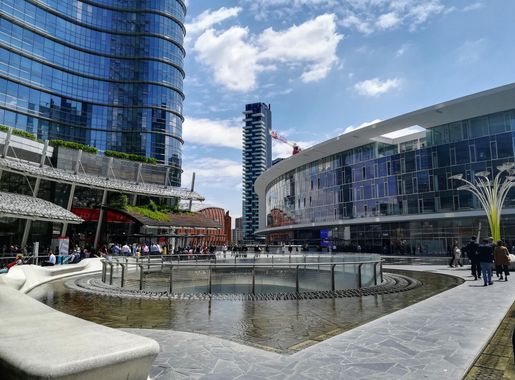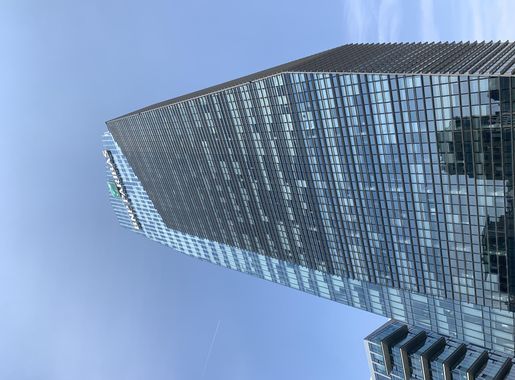
Porta Nuova: Milan's Modern Marvel
Discover Porta Nuova in Milan: A stunning blend of modern architecture, vibrant culture, and lush green spaces, perfect for a dynamic and enriching travel experience.
Porta Nuova is a gleaming symbol of Milan's modernity, blending cutting-edge architecture with a rich historical backdrop. This vibrant district is a testament to Milan's forward-thinking spirit, featuring some of the most innovative and sustainable urban designs in Europe. As you stroll through the area, the striking skyline, dominated by the iconic Unicredit Tower and the verdant Bosco Verticale, will leave you in awe. Beyond its architectural wonders, Porta Nuova offers a plethora of cultural and recreational activities. The area is home to Gae Aulenti Square, a bustling hub of activity surrounded by trendy cafes, boutiques, and public art installations. The square often hosts events, making it a lively spot to experience Milanese culture firsthand. Just a short walk away, you'll find the Art Incubator, which showcases contemporary works from local artists, adding a creative flair to the neighbourhood. Porta Nuova is also a green oasis in the heart of the city, with several parks and open spaces perfect for a leisurely stroll or a relaxing afternoon. The Biblioteca degli Alberi, a modern urban park, offers a unique blend of nature and art with its thematic gardens and contemporary sculptures. This neighbourhood is a perfect blend of the old and the new, providing tourists with a unique glimpse into the dynamic pulse of Milan.
Local tips in Porta Nuova
- Visit Gae Aulenti Square in the evening to see the beautiful light displays.
- Explore the Bosco Verticale for a unique take on urban greenery.
- Check local listings for events happening in the area during your visit.
- Take a leisurely walk through the Biblioteca degli Alberi for a relaxing break.
- Use public transport; Porta Nuova is well connected by metro and buses.
Porta Nuova: Milan's Modern Marvel
Porta Nuova is a gleaming symbol of Milan's modernity, blending cutting-edge architecture with a rich historical backdrop. This vibrant district is a testament to Milan's forward-thinking spirit, featuring some of the most innovative and sustainable urban designs in Europe. As you stroll through the area, the striking skyline, dominated by the iconic Unicredit Tower and the verdant Bosco Verticale, will leave you in awe. Beyond its architectural wonders, Porta Nuova offers a plethora of cultural and recreational activities. The area is home to Gae Aulenti Square, a bustling hub of activity surrounded by trendy cafes, boutiques, and public art installations. The square often hosts events, making it a lively spot to experience Milanese culture firsthand. Just a short walk away, you'll find the Art Incubator, which showcases contemporary works from local artists, adding a creative flair to the neighbourhood. Porta Nuova is also a green oasis in the heart of the city, with several parks and open spaces perfect for a leisurely stroll or a relaxing afternoon. The Biblioteca degli Alberi, a modern urban park, offers a unique blend of nature and art with its thematic gardens and contemporary sculptures. This neighbourhood is a perfect blend of the old and the new, providing tourists with a unique glimpse into the dynamic pulse of Milan.
Iconic landmarks you can’t miss
Piazza Gae Aulenti
Experience the vibrant blend of modern architecture and urban life at Piazza Gae Aulenti, Milan's stunning urban square.
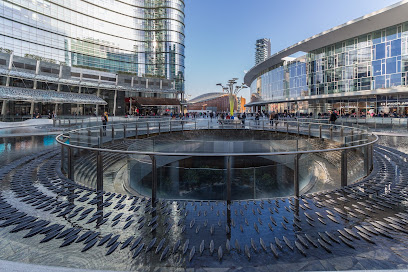
Indro Montanelli Gardens
Discover the beauty of nature at Indro Montanelli Gardens, a serene park in Milan filled with lush landscapes and historic monuments.
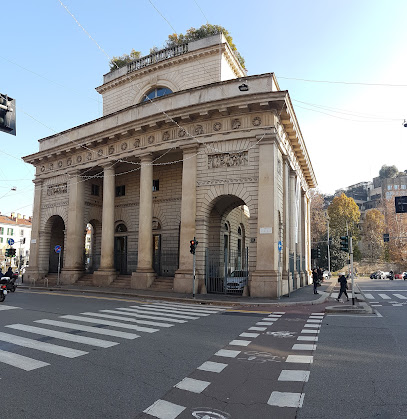
Porta Garibaldi
Discover the historic charm of Porta Garibaldi, a stunning landmark that connects Milan's past with its vibrant contemporary culture.
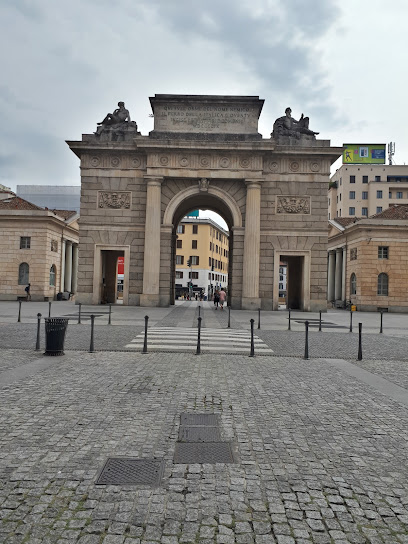
Porta Nuova
Discover Porta Nuova, a historical landmark in Milan where modern architecture meets rich heritage in a vibrant urban setting.
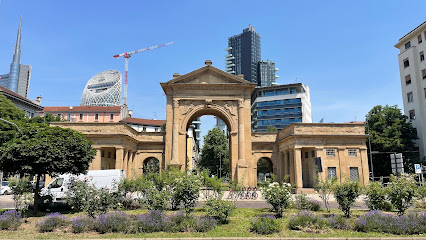
Villa Reale
Discover the timeless elegance of Villa Reale, a historical gem in Milan, blending art, architecture, and nature in a picturesque setting.
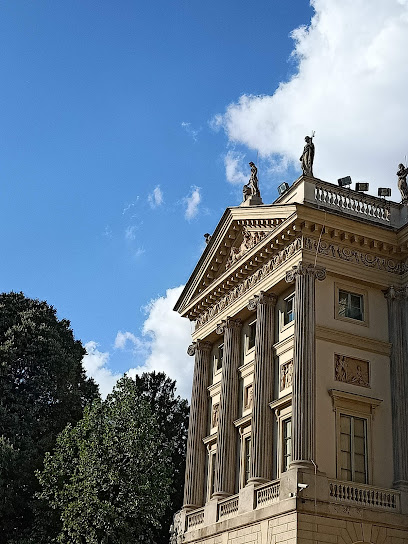
Arco di Porta Romana
Explore the majestic Arco di Porta Romana, a historic archway in Milan that showcases the city's rich cultural heritage and stunning architecture.

Arches of Ancient Porta Nuova
Discover the captivating history and architectural beauty of the Arches of Ancient Porta Nuova, a Milanese monument that bridges the past and present.
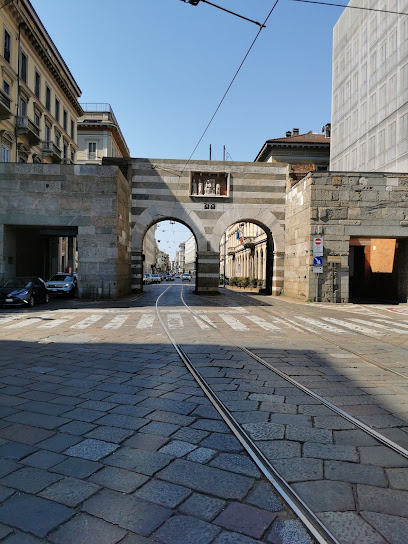
Porta Ticinese Medievale
Explore the enchanting Porta Ticinese Medievale, a historical gem in Milan that reveals the city's rich cultural heritage and stunning architecture.
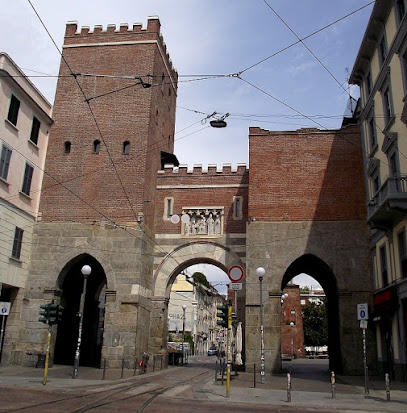
Monument to victims of terrorism and massacres
Discover the Monument to the Victims of Terrorism in Milan, a profound historical landmark honoring lives lost to violence and inspiring remembrance.
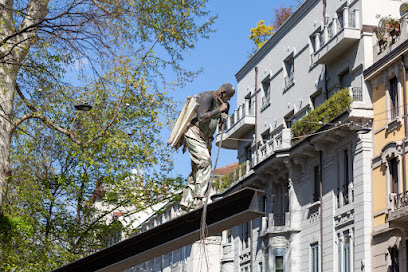
Unmissable attractions to see
Piazza Gae Aulenti
Explore the vibrant and modern Piazza Gae Aulenti in Milan, where stunning architecture meets lively urban life.
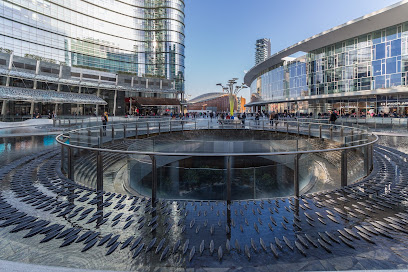
Arco della Pace
Discover the beauty and history of Arco della Pace, a stunning neoclassical arch in Milan symbolizing peace and unity amidst vibrant city life.
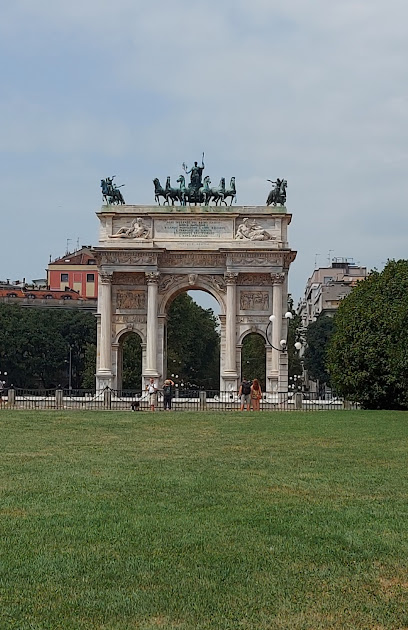
Indro Montanelli Gardens
Explore the tranquility of Indro Montanelli Gardens, a lush urban park in Milan, perfect for relaxation, picnics, and cultural discovery.
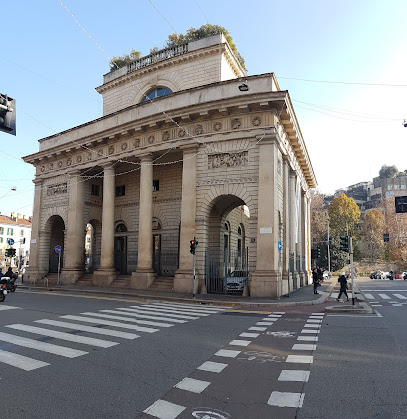
Palazzo Reale di Milano
Discover the stunning Palazzo Reale di Milano, an artistic and historical treasure in the heart of Milan, showcasing exceptional exhibitions and rich culture.

Porta Garibaldi
Discover Porta Garibaldi, a stunning historical landmark in Milan symbolizing the city’s rich heritage and architectural splendor.
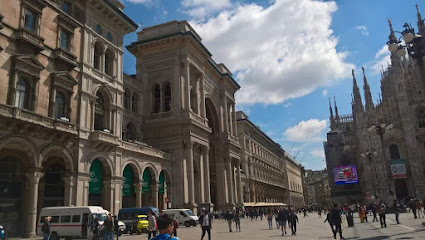
Porta Nuova
Discover Porta Nuova, Milan's stunning historical landmark blending modern architecture with rich heritage in a vibrant urban setting.
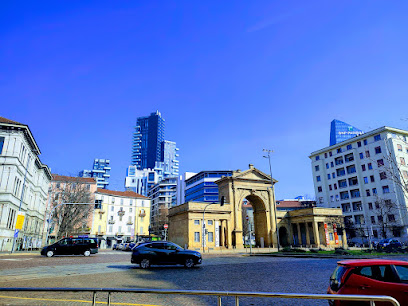
Arco di Porta Romana
Explore the iconic Arco di Porta Romana, a historical landmark in Milan, showcasing stunning architecture and vibrant city life.
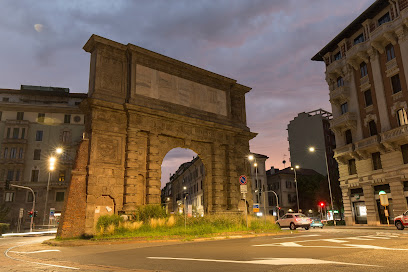
Arches of Ancient Porta Nuova
Explore the Arches of Ancient Porta Nuova, a stunning historic monument in Milan that beautifully blends the past with the present.
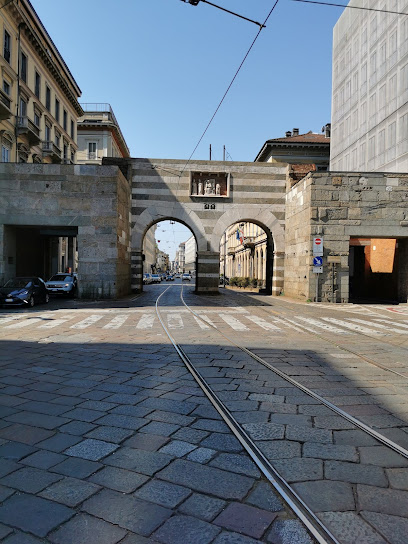
Porta Ticinese Medievale
Discover the historical charm of Porta Ticinese Medievale, a stunning gateway connecting Milan's rich heritage with its vibrant modern culture.
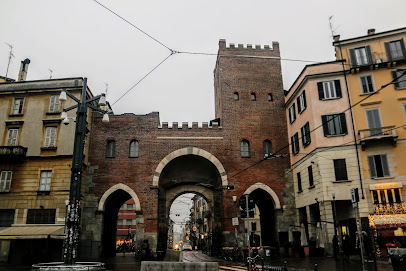
Ponte delle Gabelle
Explore the historic Ponte delle Gabelle in Milan, a stunning bridge that offers picturesque views and a glimpse into the city's rich heritage.
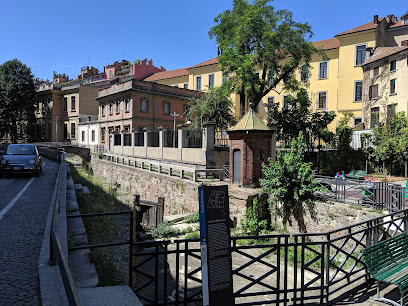
Torre Arcobaleno
Experience Milan's artistic spirit at Torre Arcobaleno, a vibrant water tower that showcases a stunning rainbow of colors.
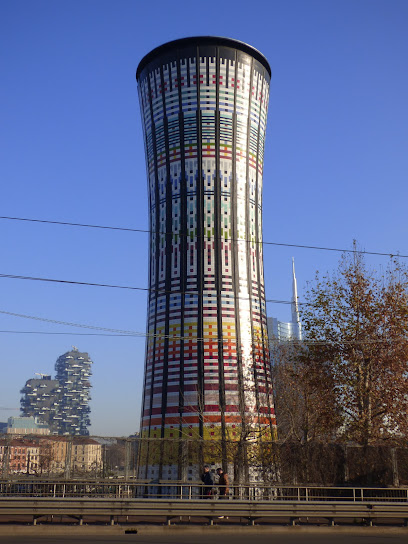
Fontana
Explore Fontana, a serene jewel in Milan, offering a perfect blend of nature, culture, and stunning architecture amidst the city's vibrant atmosphere.
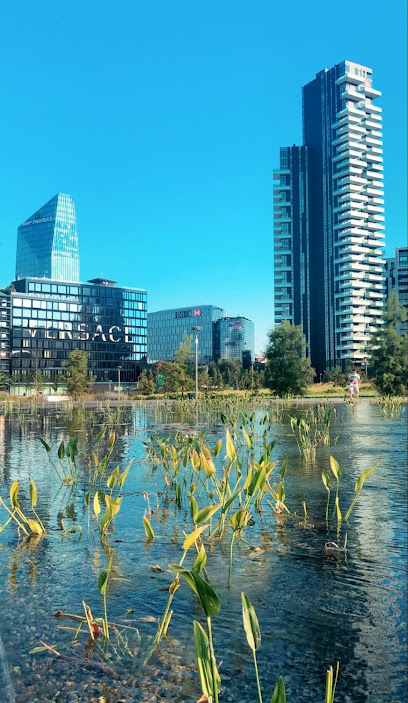
Essential places to dine
Carlsberg Øl
Experience authentic Italian cuisine and vibrant nightlife at Carlsberg Øl, Milan's top gastropub for foodies and socializers.
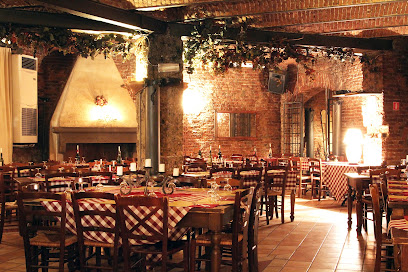
La Gioia
Discover authentic Italian cuisine at La Gioia in Milan - where every meal is a celebration of flavor and tradition.
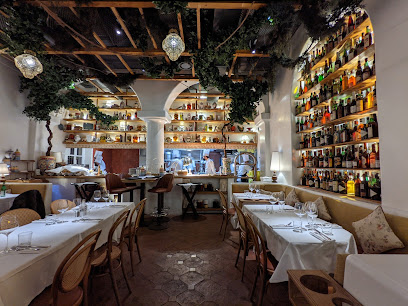
Solferino
Experience authentic Lombardian cuisine at Solferino, where tradition meets innovation in the heart of Milan.

STK Milan
Discover culinary excellence at STK Milan – where modern steakhouse dining meets vibrant nightlife in the heart of Italy's fashion capital.

Ristorante Le 5 Terre
Discover Ristorante Le 5 Terre: An exquisite seafood dining experience blending Ligurian flavors with Italian hospitality in Milan.
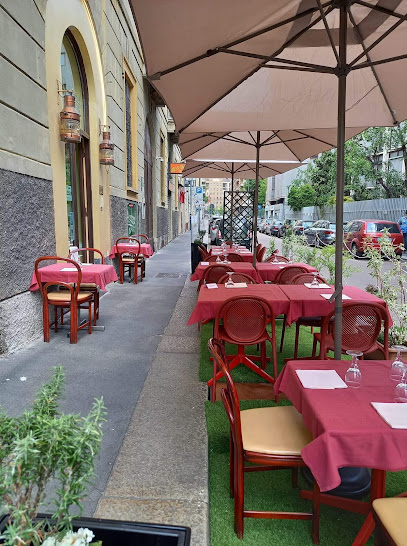
Ristorante Acanto
Discover Ristorante Acanto in Milan: where exquisite Italian cuisine meets elegant dining amidst luxurious surroundings.
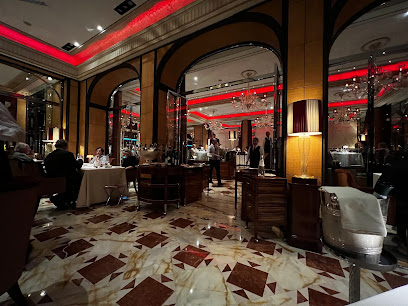
IZAKAYA
Experience authentic Japanese flavors at IZAKAYA, Milan's premier destination for sushi and seafood delights.
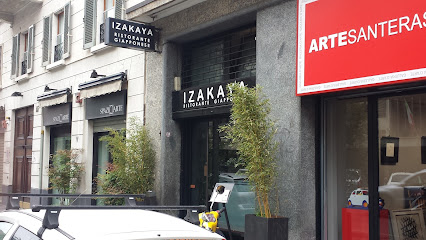
Bioesserì Milano Porta Nuova
Savor authentic Italian cuisine at Bioesserì Milano Porta Nuova—home to exquisite pizzas and steaks in Milan's vibrant culinary scene.
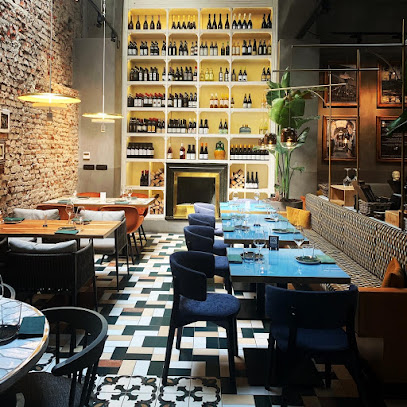
Michetta Porta Nuova
Discover authentic Lombardian sandwiches at Michetta Porta Nuova – where tradition meets taste in Milan's bustling culinary scene.
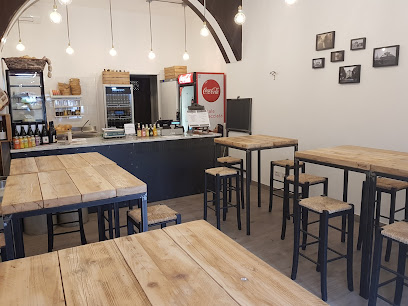
La Brasserie Italiana
Experience authentic Italian cuisine at La Brasserie Italiana in Milan—where every dish tells a story of tradition and flavor.
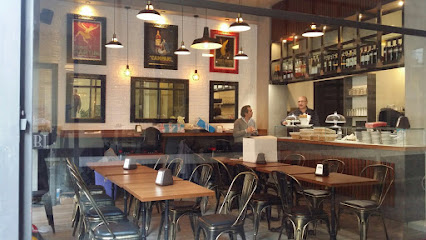
Markets, malls and hidden boutiques
MUJI Milan Porta Garibaldi Store
Discover the essence of minimalist design at MUJI Milan Porta Garibaldi, your go-to spot for quality home goods, clothing, and unique Japanese products.
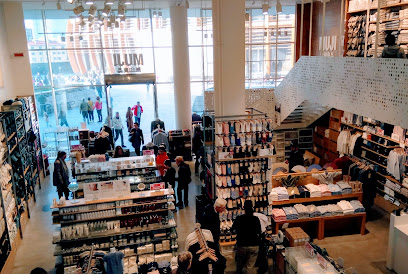
Spectrum
Discover Milan's fashion scene at Spectrum, where clothing, shoes, and artistic supplies meet in a vibrant shopping experience.
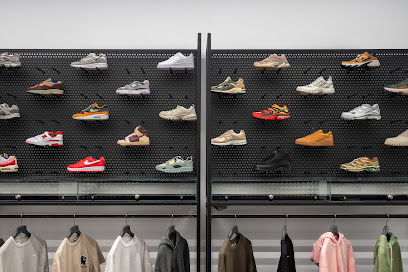
Nike Store Milano Porta Nuova
Explore the Nike Store Milano Porta Nuova, where cutting-edge sportswear meets the elegance of Milan's vibrant shopping scene.
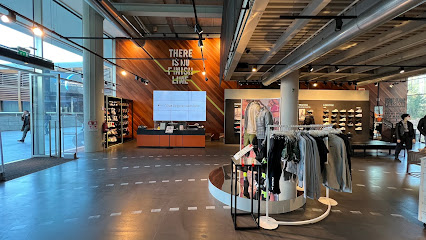
Porta Nuova Shopping District
Experience the luxury and modern charm of Porta Nuova Shopping District in Milan, home to designer boutiques, chic restaurants, and vibrant art.
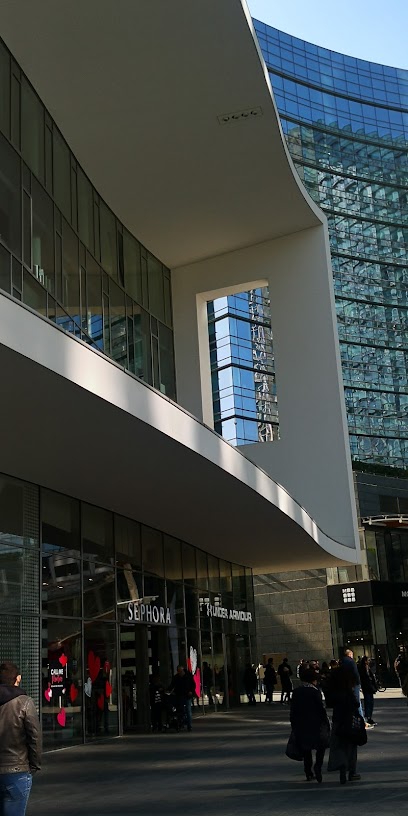
Castadiva Milano
Uncover unique vintage clothing and stylish handbags at Castadiva Milano, the ultimate destination for retro fashion lovers in Milan.
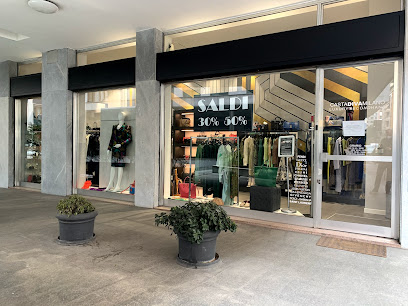
Manera Milan - Boutique Clothing
Explore Manera Milan – Your destination for chic, high-quality clothing that embodies the essence of Milanese fashion and style.
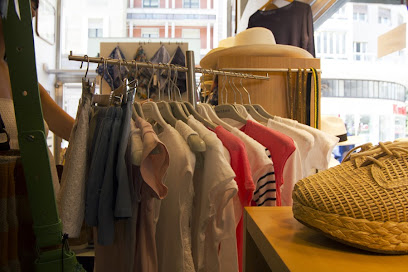
Radical Storage - Luggage Storage Milano Porta Nuova
Experience hassle-free exploration in Milan with Radical Storage, the premier luggage storage facility near Porta Nuova.
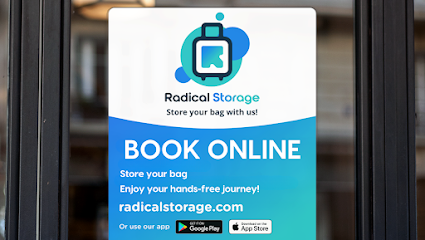
Goods Milano
Explore Goods Milano – a chic women's clothing store in Milan, offering unique and sophisticated fashion pieces that elevate your style.
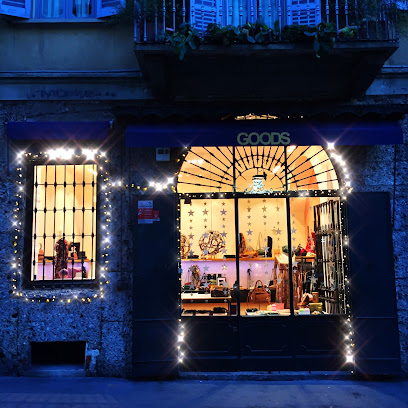
Pinko Boutique Milano
Discover Pinko Boutique Milano, where contemporary fashion meets Italian elegance in the heart of Milan's vibrant shopping district.
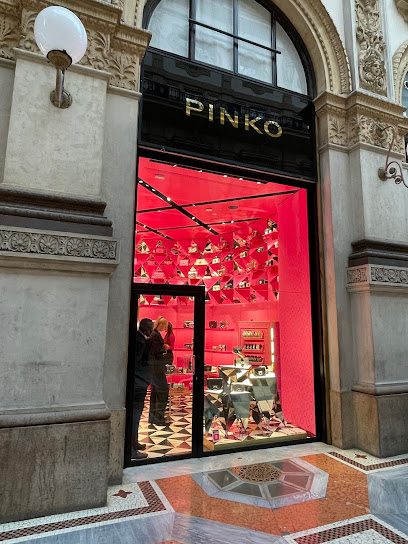
Belé Boutique
Discover the essence of Milanese fashion at Belé Boutique, where unique women's clothing meets elegance and style.

Essential bars & hidden hideouts
Carlsberg Øl
Discover the vibrant atmosphere and exquisite flavors at Carlsberg Øl, Milan's premier gastropub blending Italian cuisine with a lively pub experience.
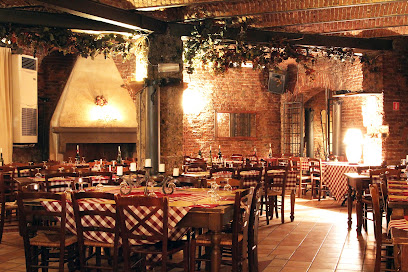
Panika
Discover the vibrant ambiance and exquisite drinks of Panika, a charming bar tucked away in Milan's artistic Brera district.

Ted One Bar Cafe
Experience the vibrant atmosphere of Ted One Bar Cafe, a cozy retreat in Milan offering a diverse selection of drinks and a welcoming ambiance.
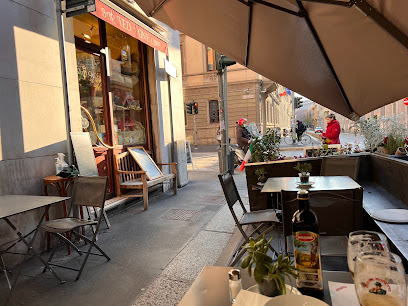
Altrimenti Mixology Art
Experience the art of mixology in Milan at Altrimenti Mixology Art, where innovative cocktails meet a stylish atmosphere.
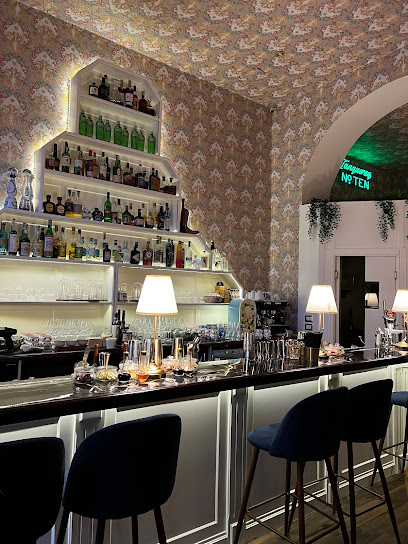
Le Bollicine Milano
Experience the essence of Milan at Le Bollicine Milano, a charming wine bar offering exquisite wines, delicious bites, and a cozy ambiance.
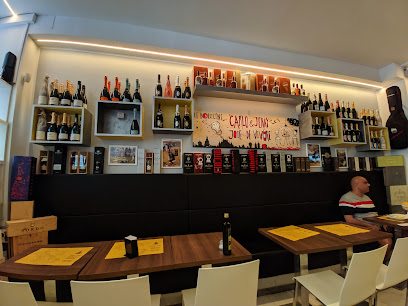
Tommy's Bar
Discover Tommy's Bar, a vibrant Milanese hotspot offering authentic drinks and a warm atmosphere for tourists and locals alike.
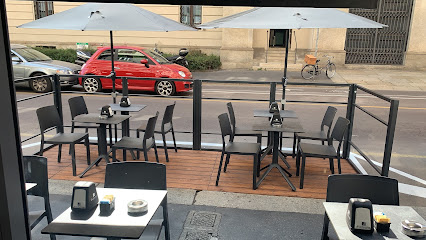
Camelia’s Yard – Milano Social Bistrò
Discover the lively spirit of Milan at Camelia’s Yard, where cocktails, cuisine, and culture blend seamlessly in an unforgettable bistro experience.
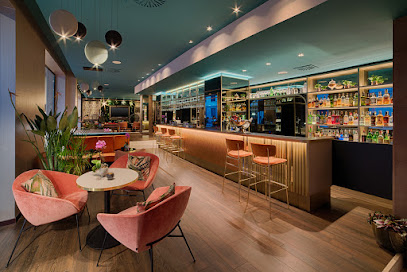
Covino Club Cafe
Discover the essence of Milan at Covino Club Cafe, where exceptional coffee meets delightful small plates in a cozy atmosphere.
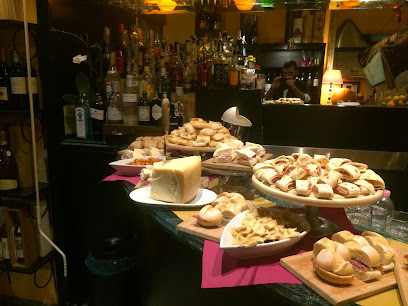
Bar Condor
Discover Milan's vibrant nightlife at Bar Condor, where exceptional drinks and an inviting atmosphere await every visitor.
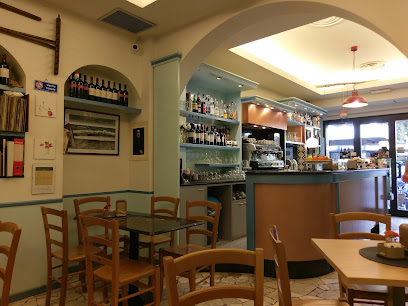
White Bar
Experience the elegance of Milan at White Bar, where exquisite wines and a vibrant atmosphere await every visitor.
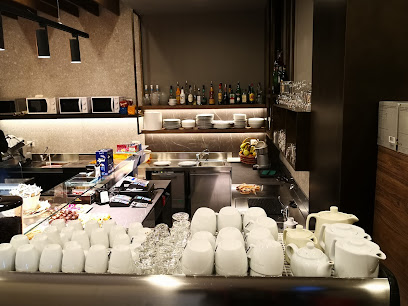
Local Phrases
-
- HelloCiao
[chow] - GoodbyeArrivederci
[ah-ree-veh-dehr-chee] - YesSì
[see] - NoNo
[noh] - Please/You're welcomePer favore/Prego
[pehr fah-voh-reh/preh-goh] - Thank youGrazie
[grah-tsyeh] - Excuse me/SorryScusi/Mi dispiace
[skoo-zee/mee dee-spyah-cheh] - How are you?Come stai?
[koh-meh stai] - Fine. And you?Bene. E tu?
[beh-neh. eh too] - Do you speak English?Parli inglese?
[pahr-lee een-gleh-zeh] - I don't understandNon capisco
[nohn kah-pee-skoh]
- HelloCiao
-
- I'd like to see the menu, pleaseVorrei vedere il menù, per favore
[vohr-reh-ee veh-deh-reh eel meh-noo, pehr fah-voh-reh] - I don't eat meatIo non mangio carne
[ee-oh nohn mahn-joh kahr-neh] - Cheers!Salute!
[sah-loo-teh] - I would like to pay, pleaseVorrei pagare, per favore
[vohr-reh-ee pah-gah-reh, pehr fah-voh-reh]
- I'd like to see the menu, pleaseVorrei vedere il menù, per favore
-
- Help!Aiuto!
[ah-yoo-toh] - Go away!Vai via!
[vai vee-ah] - Call the Police!Chiama la polizia!
[kyah-mah lah poh-lee-tsya] - Call a doctor!Chiama un medico!
[kyah-mah oon meh-dee-koh] - I'm lostMi sono perso
[mee soh-noh pehr-soh] - I'm illSto male
[stoh mah-leh]
- Help!Aiuto!
-
- I'd like to buy...Vorrei comprare...
[vohr-reh-ee kohm-prah-reh] - I'm just lookingSto solo guardando
[stoh soh-loh gwahr-dahn-doh] - How much is it?Quanto costa?
[kwahn-toh koh-stah] - That's too expensiveÈ troppo caro
[eh troh-poh kah-roh] - Can you lower the price?Puoi abbassare il prezzo?
[pwah-ee ahb-bahs-sah-reh eel preh-tsoh]
- I'd like to buy...Vorrei comprare...
-
- What time is it?Che ora è?
[keh o-rah eh] - It's one o'clockÈ l'una
[eh loo-nah] - Half past (10)Sono le dieci e mezza
[soh-noh leh dye-chee eh meh-tzah] - MorningMattina
[mah-tee-nah] - AfternoonPomeriggio
[poh-meh-ree-joh] - EveningSera
[seh-rah] - YesterdayIeri
[yeh-ree] - TodayOggi
[oh-jee] - TomorrowDomani
[doh-mah-nee] - 1Uno
[oo-noh] - 2Due
[dweh] - 3Tre
[treh] - 4Quattro
[kwah-troh] - 5Cinque
[cheen-kweh] - 6Sei
[say] - 7Sette
[seh-tteh] - 8Otto
[oht-toh] - 9Nove
[noh-veh] - 10Dieci
[dye-chee]
- What time is it?Che ora è?
-
- Where's a/the...?Dov'è il/la...?
[doh-veh eel/lah] - What's the address?Qual è l'indirizzo?
[kwahl eh leen-dee-rits-soh] - Can you show me (on the map)?Puoi mostrarmi (sulla mappa)?
[pwah-ee mohs-trar-mee (sool-lah mahp-pah)] - When's the next (bus)?Quando passa il prossimo (autobus)?
[kwahn-doh pahs-sah eel prohs-shee-moh (ow-toh-boos)] - A ticket (to ....)Un biglietto (per ....)
[oon beel-yet-toh (pehr)]
- Where's a/the...?Dov'è il/la...?
History of Porta Nuova
-
Porta Nuova, meaning 'New Gate', was constructed in the early 19th century as part of the city's fortifications. Designed by architect Giuseppe Piermarini, it was inaugurated in 1810 and served as a grand entrance to Milan. The gate symbolized the city's modernization and expansion during the Napoleonic era, reflecting the architectural styles of the time.
-
The late 19th and early 20th centuries marked a period of rapid industrialization for Milan and Porta Nuova. The area transitioned from a fortified district to a hub of commerce and industry. The construction of the Central Station in 1931 further solidified Porta Nuova's role as a key transportation nexus, enhancing its connectivity and contributing to its urban development.
-
During World War II, Porta Nuova faced significant destruction due to bombings. The neighborhood's historical structures were damaged, and the post-war reconstruction efforts aimed to restore and modernize the area. This period saw the introduction of new architectural styles, blending the old with the new as Milan sought to reinvent itself.
-
In the early 21st century, Porta Nuova underwent a major urban redevelopment project, transforming it into a modern business district. The project included the construction of skyscrapers, such as the UniCredit Tower, which is now the tallest building in Italy. This revitalization aimed to enhance Milan's global standing as a financial and cultural center, showcasing sustainable urban development.
-
Today, Porta Nuova is not only a business district but also a cultural hub. The area hosts various events, such as Milan Design Week and the Salone del Mobile, attracting visitors from around the world. The blend of historical architecture and contemporary design embodies Milan's rich cultural heritage and innovative spirit, making Porta Nuova a vibrant part of the city's identity.
Porta Nuova Essentials
-
Porta Nuova is easily accessible from various parts of Milan. You can take the Metro Line 2 (Green Line) to the 'Garibaldi FS' station, which is located right at the edge of the neighbourhood. Alternatively, tram lines 9 and 33 serve the area, and multiple bus lines connect Porta Nuova to other neighbourhoods. If you're arriving at Milano Centrale railway station, you can take Metro Line 3 (Yellow Line) to 'Duomo', then transfer to Line 1 (Red Line) to reach 'Garibaldi FS'. Taxis and rideshare services are also readily available.
-
Porta Nuova is a walkable neighbourhood, and many attractions are within easy reach on foot. For longer distances, the Milan public transport system is efficient. The area is served by Metro stations, tram lines, and buses. Bicycles are also a popular option; you can rent bikes through Milan's bike-sharing program, BikeMi. Additionally, the neighbourhood is well-connected to bike lanes, making it easy to explore the area on two wheels.
-
Porta Nuova is generally safe for tourists, but standard precautions should be taken. Avoid poorly lit areas at night and be cautious of your belongings in crowded places, especially near transit hubs. Areas around the Central Station can experience higher petty crime rates, so stay alert when traveling through these areas. Always keep your personal items secure and be wary of scams targeting tourists.
-
In emergencies, dial 112 for police, fire, or medical assistance. If you require medical help, locate the nearest hospital or pharmacy. It is advisable to have travel insurance that includes medical coverage. In case of theft or loss of important documents, report to the local police station and your embassy if necessary.
-
Fashion: Do dress stylishly, as Milan is known for its fashion. Avoid overly casual attire in upscale restaurants. Religion: Do respect religious sites by dressing modestly. Public Transport: Do validate your ticket before boarding and keep it until the end of your journey. Don't eat or drink on public transport. Greetings: Do greet with a friendly 'Ciao' or 'Buongiorno'. Don't be overly loud in public settings. Eating & Drinking: Do enjoy local cuisine and try the aperitivo culture. Don't rush through meals; dining is often a leisurely affair.
-
To experience Porta Nuova like a local, explore the modern architecture and the vibrant nightlife. Visit the Porta Nuova Park for a relaxing afternoon and enjoy a drink at one of the trendy bars in the area. Check out the local markets for fresh produce and artisanal goods. Join a guided walking tour to learn about the history and development of this modern district. Engaging with locals can provide you with insights into hidden gems that are not in the typical tourist guidebooks.
Nearby Cities to Porta Nuova
-
Things To Do in Bergamo
-
Things To Do in Lugano
-
Things To Do in Locarno
-
Things To Do in Ascona
-
Things To Do in Parma
-
Things To Do in Genoa
-
Things To Do in St. Moritz
-
Things To Do in Turin
-
Things To Do in Zermatt
-
Things To Do in Verona
-
Things To Do in Arosa
-
Things To Do in Cinque Terre
-
Things To Do in Davos
-
Things To Do in Grindelwald
-
Things To Do in Murren



